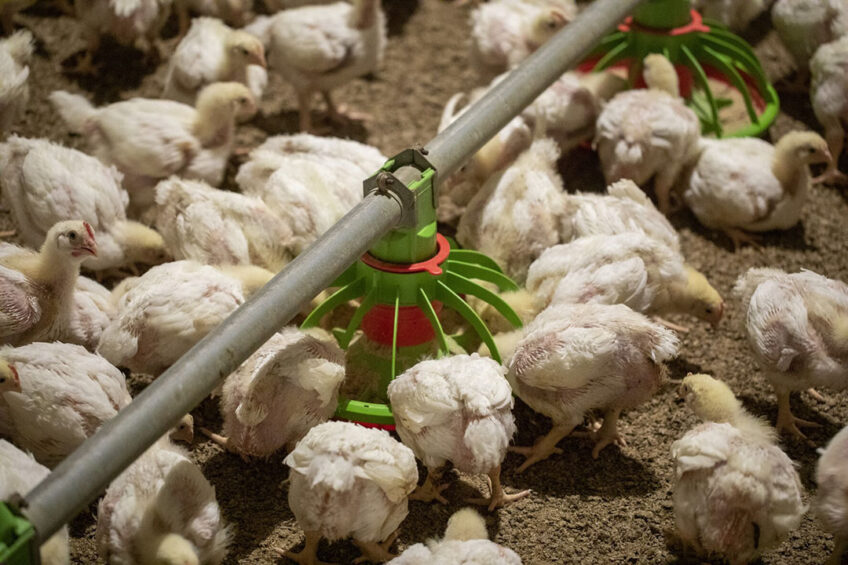Australia launches 5-year research and development poultry plan

AgriFutures Australia has announced a new 5-year research, development and extension plan for Australia’s AUS$$6.6 billion chicken meat industry.
Chicken meat, which represents more than 46% of all meat consumed in Australia, is the most popular source of animal protein in the country, contributing almost AUS$3 billion (just over €2 billon) to the national economy and employing over 58,000 people.
While approximately 800 contract growers rear about 80% of Australia’s meat chickens, meat exports account for less than 5% of total production and are dominated by low-value cuts such as edible offal and chicken feet. Poultry meat production in 2023-2024 is projected at 1.3 million mt, when it is estimated that consumption per person will reach 47.6 kg per person.
The Market Insights for Australia’s chicken meat industry report suggests that while chicken meat demand is likely to remain relatively high, future demand will be affected by several factors, including a growing number of consumers limiting or reducing their meat consumption; developing consumer interest in production-related attributes (e.g., free-range, animal welfare, antibiotic use, etc.); and emerging concerns about the environmental impact of meat production.
With this in mind, the AgriFutures Chicken Meat Program RD&E Plan (2022-2027) aims to grow the long-term prosperity of the sector and address issues and opportunities to drive its sustainability, productivity and viability.
Research
According to AgriFutures Australia, there are 5 key priorities for research in the programme, including improving environmental and sustainability outcomes, enhancing chicken biosecurity, health and welfare, ensuring food safety, building a capable and sustainable workforce, and contributing to efficient and secure production systems.
“An extensive industry consultation was undertaken with key stakeholders to help identify and prioritise the major factors expected to affect the chicken meat industry in the coming 5 years,” said AgriFutures Chicken Meat advisory panel chair, Katherine Balding.
“To identify these factors the industry was asked to reflect on the challenges and changes they have experienced over the past few years due to significant events like droughts, floods and COVID. From this, we were able to build priorities to future-proof the Australian chicken meat industry,” she said.
People capability and new investments
Balding continued to say that a focus will be placed on building people capability and a diverse and sustainable workforce, while keeping environmental sustainability, food safety, welfare, biosecurity, and efficient production systems as high priorities on our list too.
The senior manager for the AgriFutures Chicken Meat Program, Amanda Olthof, noted that the programme builds upon the priorities of food safety, environment, and the supply chain while also including some new and enhanced areas for investment. She emphasised that the programme aims to make a real difference to Australia’s chicken meat industry and has already commenced the process of investing in research projects.












